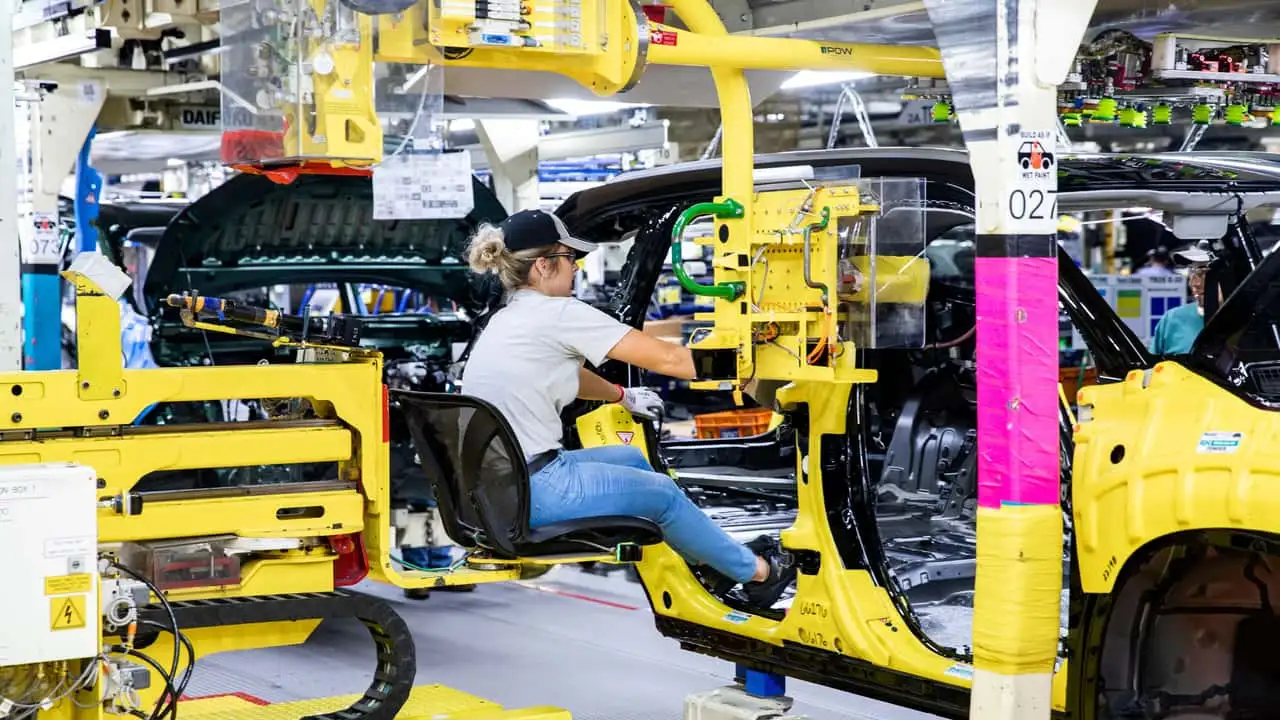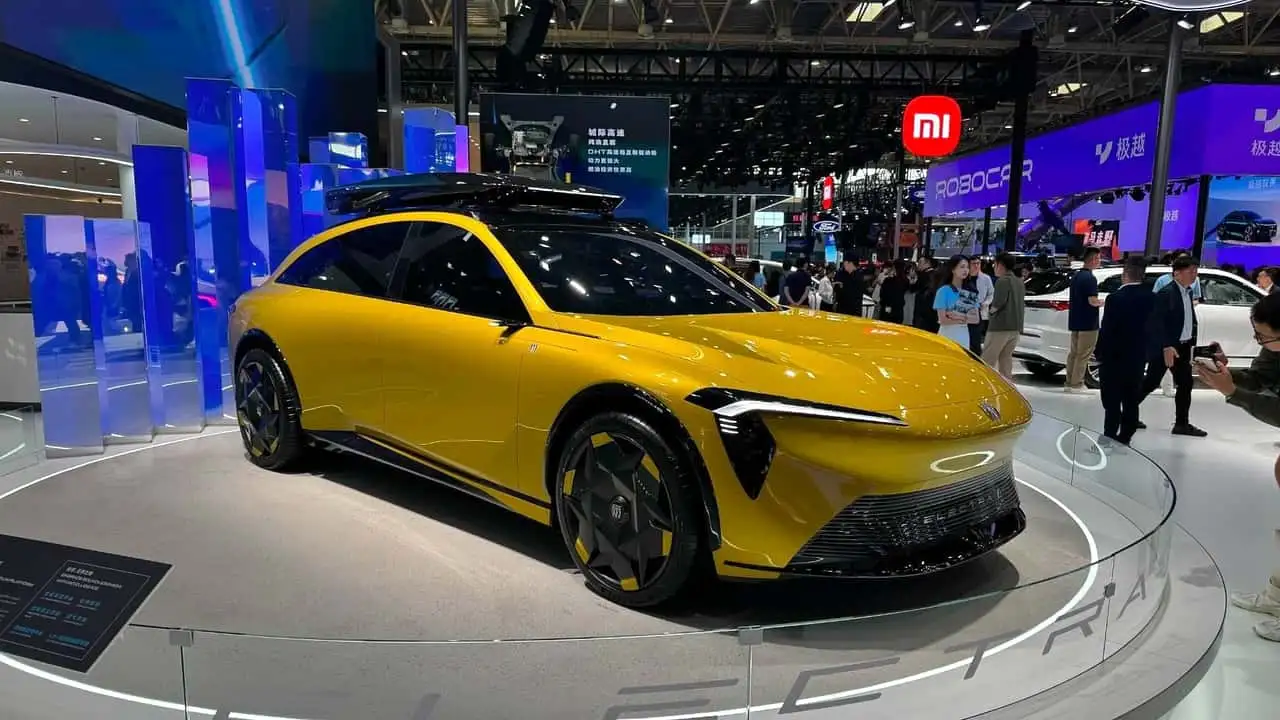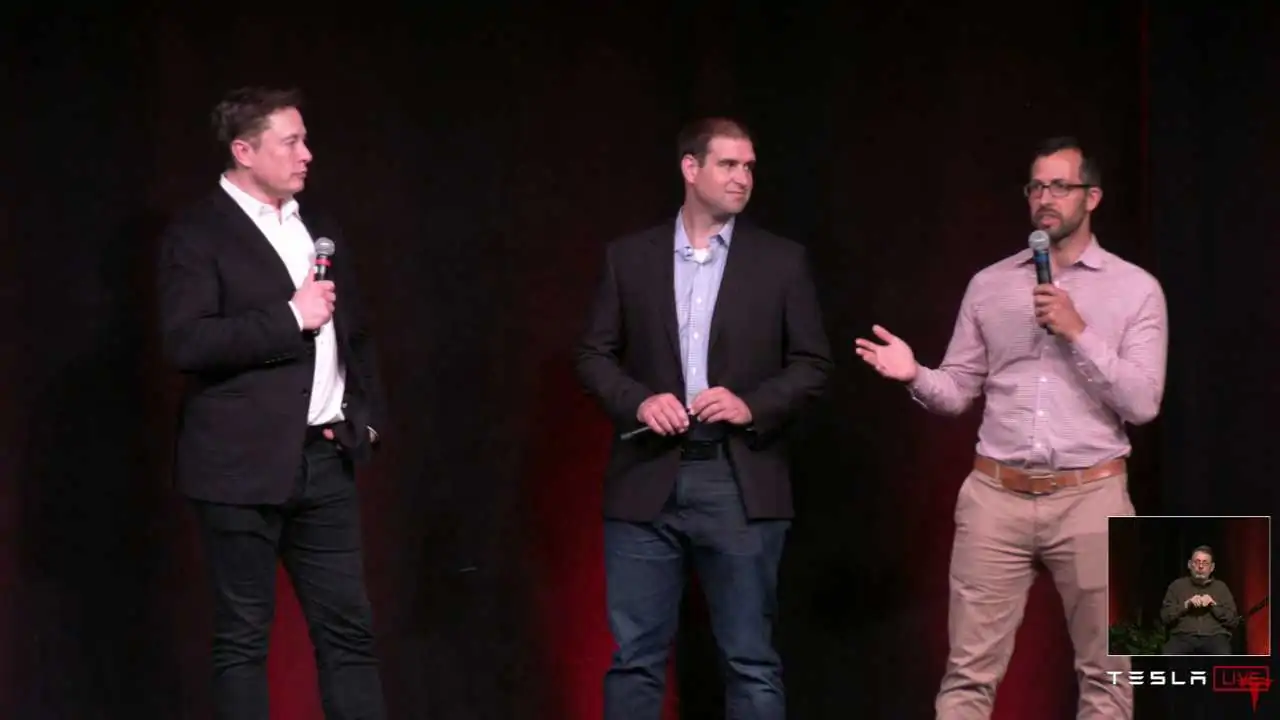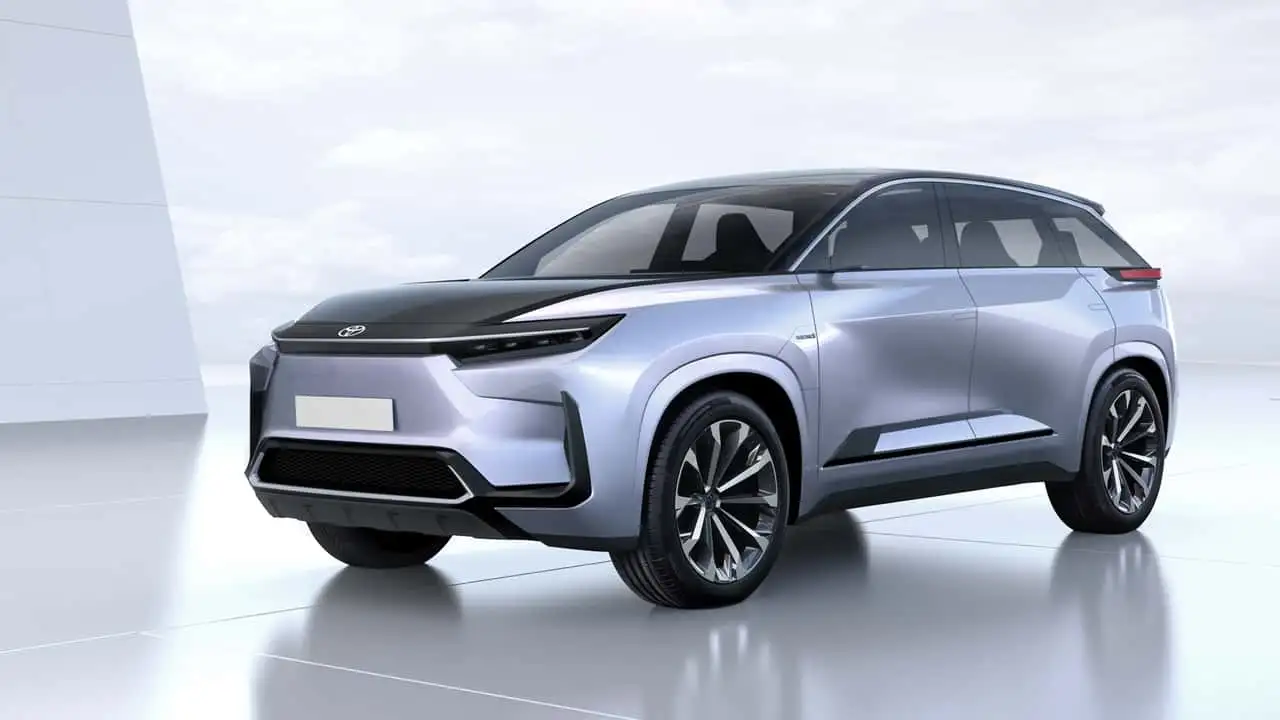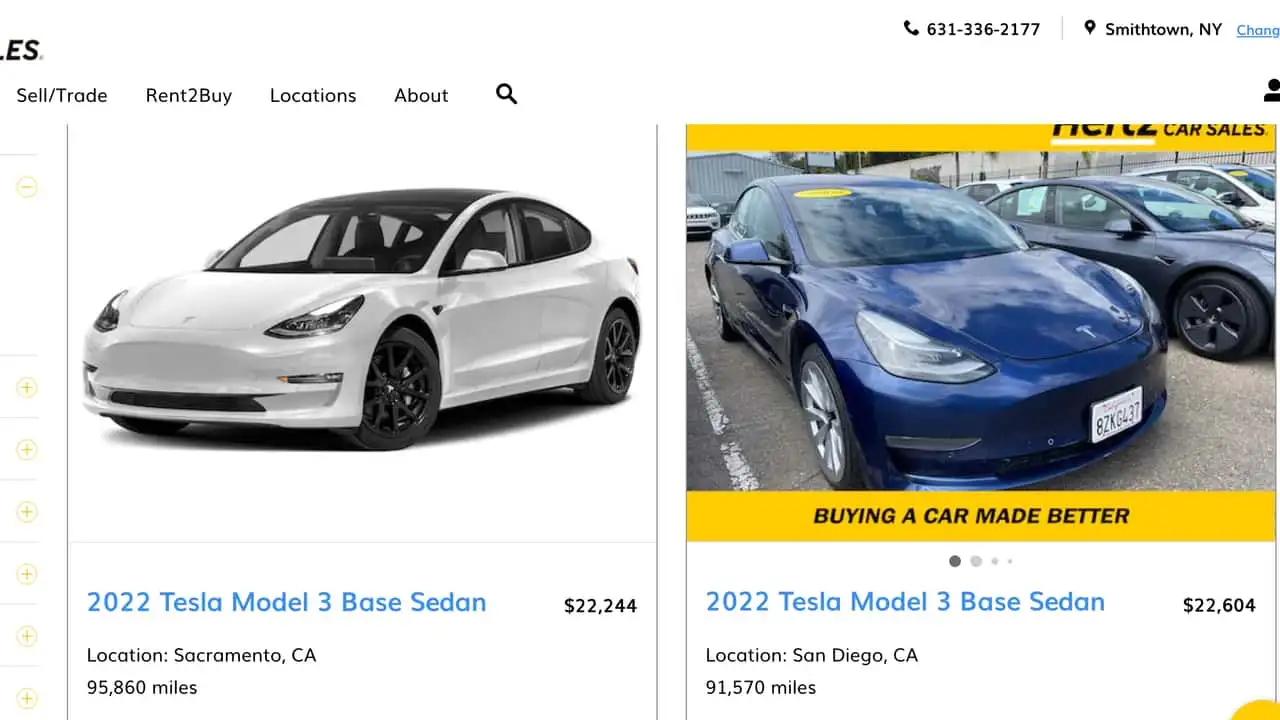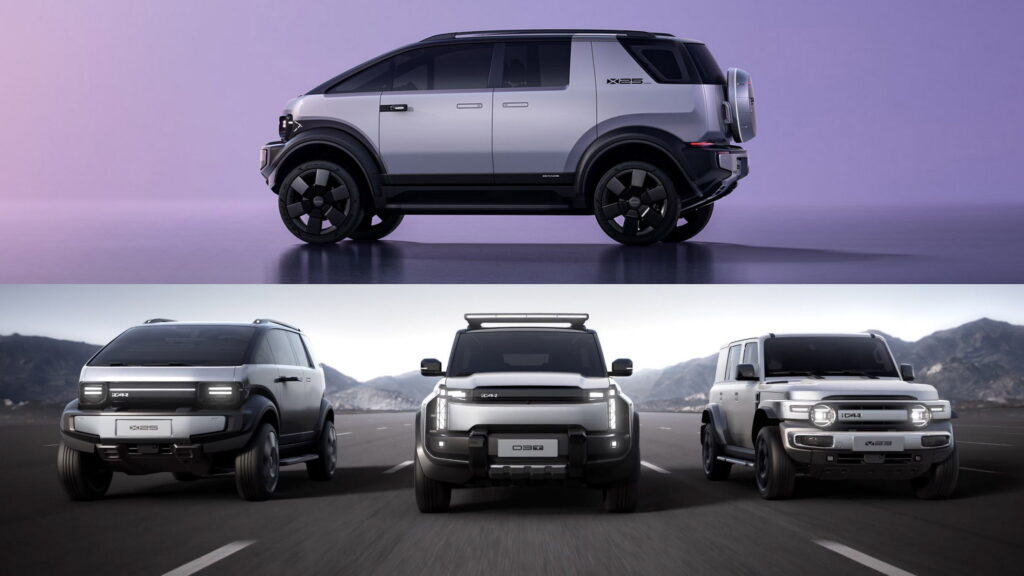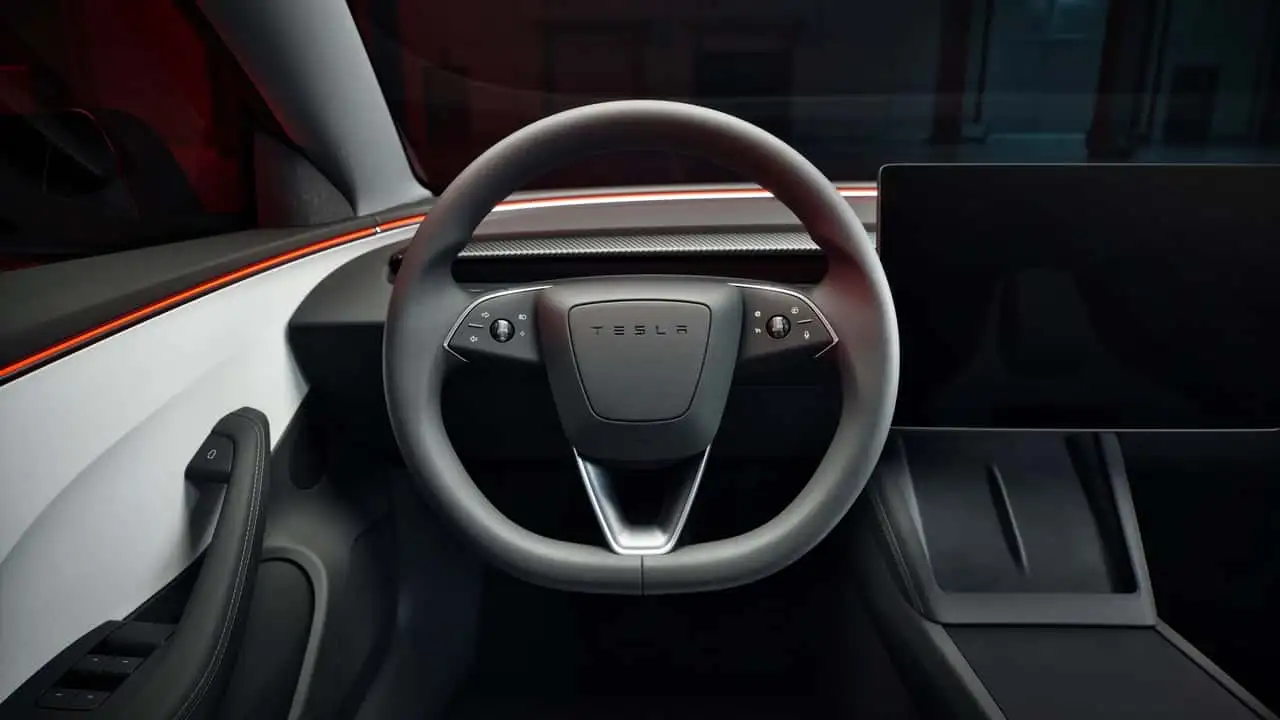Chevrolet’s legacy in American automotive culture comes from its commitment to crafting vehicles that seamlessly blend style with performance. Over the decades, Chevy has produced some of the most legendary and visually appealing cars ever. Let’s discuss 17 best-looking Chevrolets, each proving the brand’s design excellence.
Chevrolet Corvette
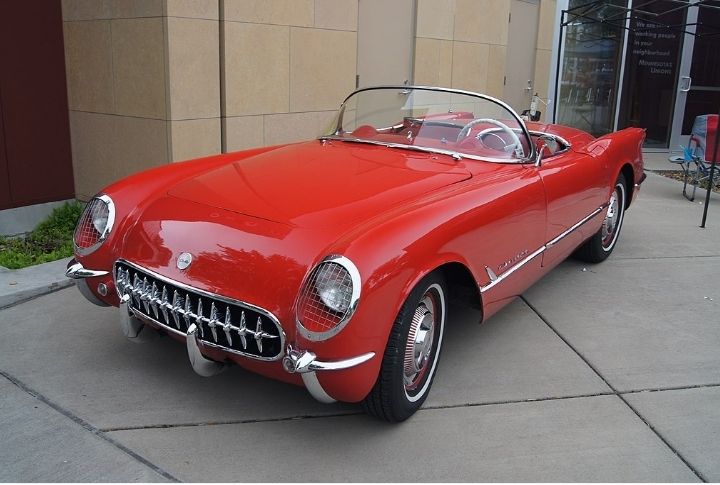
The first batch of the Corvette, introduced in 1953, set the standard for American sports cars. With its fiberglass body, sleek lines, and potent V8 engine, the Corvette captured the imagination of car enthusiasts nationwide and promised impressive output. Its iconic build, featuring a unique grille and dual round tail lights, made it instantly recognizable on the road.
Chevrolet Bel Air
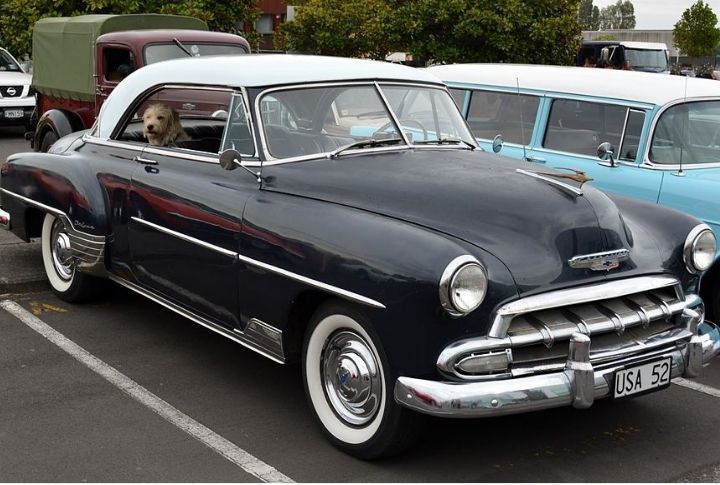
This timeless vehicle symbolized the prosperity of post-war America with its stylish lines and accents, which captured the imagination of a generation. The Bel Air’s distinct two-tone paint schemes and luxurious interiors made it a status symbol. In addition, the model offered a smooth and hitch-free journey thanks to its improved suspension system and powerful V8 engine options.
Chevrolet Camaro
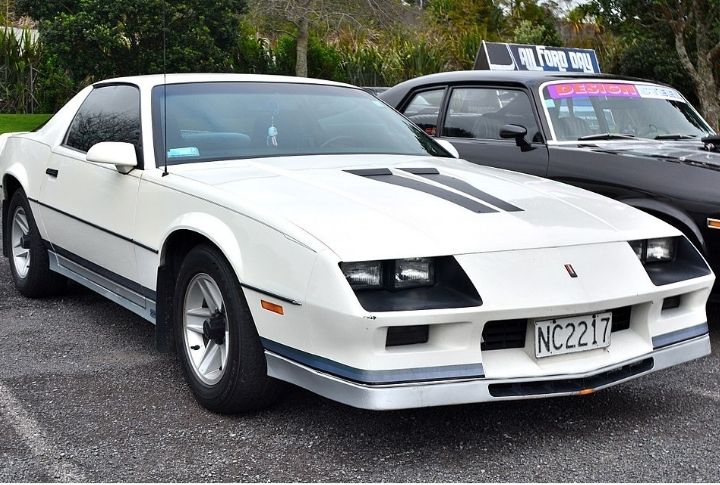
Introduced in 1967 as a direct response to the success of the Ford Mustang, the first-generation Camaro had a range of powerful engines, including the base inline-six and the potent V8 options. It was an instant hit with a muscular stance, aggressive front grille, and distinctive body lines.
Chevrolet Impala
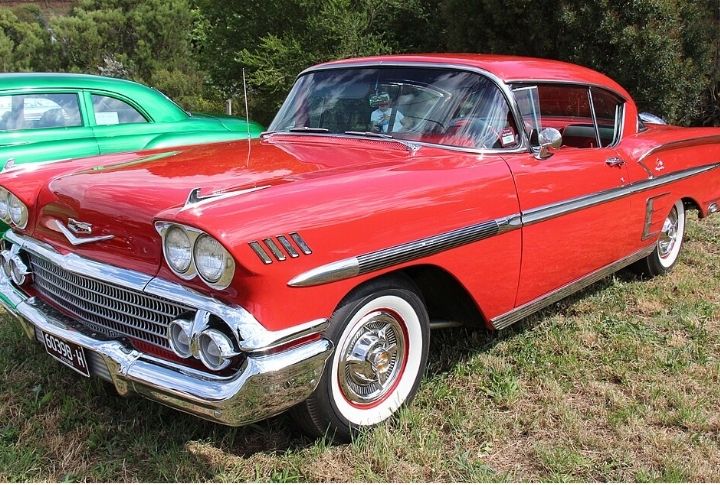
The fourth-generation Impala, produced from 1965 to 1970, is revered for its distinctive styling and cushioned ride. Its glossy lines, chrome accents, and wide cabin provided sufficient room for passengers and luggage. Its presence in movies, television shows, and music videos further solidified its place in popular culture.
Chevrolet Chevelle SS
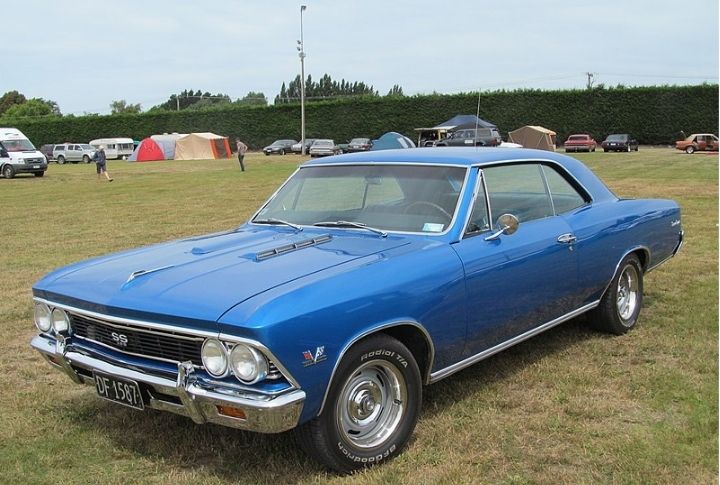
The Chevelle SS offered something for every muscle car fan in various body styles, including coupe, convertible, and wagon. This automobile offered several formidable V8 engines, like the legendary 396 and 454 cubic-inch powerhouses. Available amenities like air conditioning, power windows, and a premium sound system ensured that the Chevelle SS combined performance with comfort.
Chevrolet Nova SS
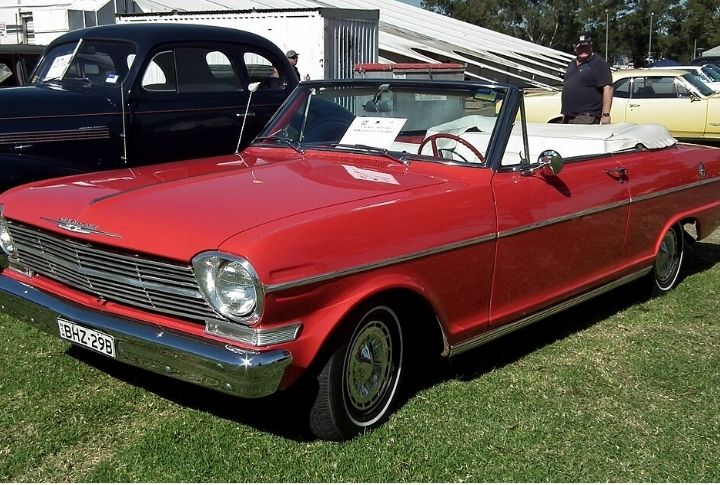
These vehicles were known for their agility and power, thanks to potent engine options such as the legendary small-block V8s. They showed their athleticism with polished and sporty styling, appealing to drivers seeking speed and style. Moreover, the SS badging, distinctive grille design, and optional racing stripes added to their visual allure, making them a standout among competitors.
Chevrolet El Camino
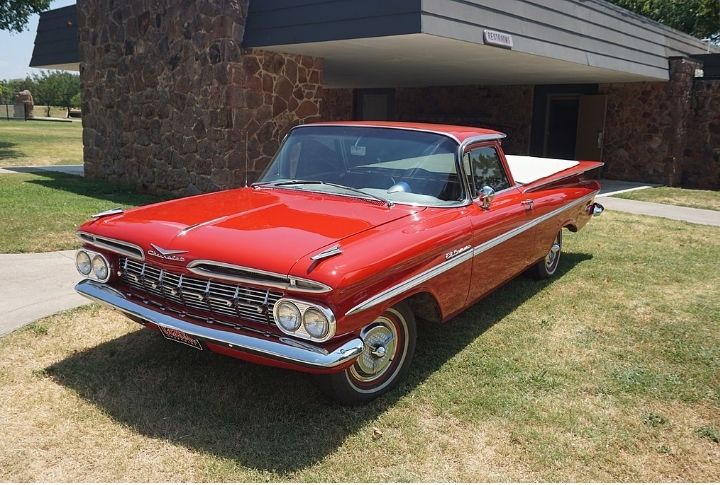
Introduced in 1959, the El Camino combined the utility of a van with the comfort of a car. Its innovative build featured a spacious cargo bed integrated into the vehicle’s rear, providing ample hauling capacity and a smooth and comfortable ride. The car underwent several improvements, evolving to meet drivers’ changing tastes.
Chevrolet Suburban
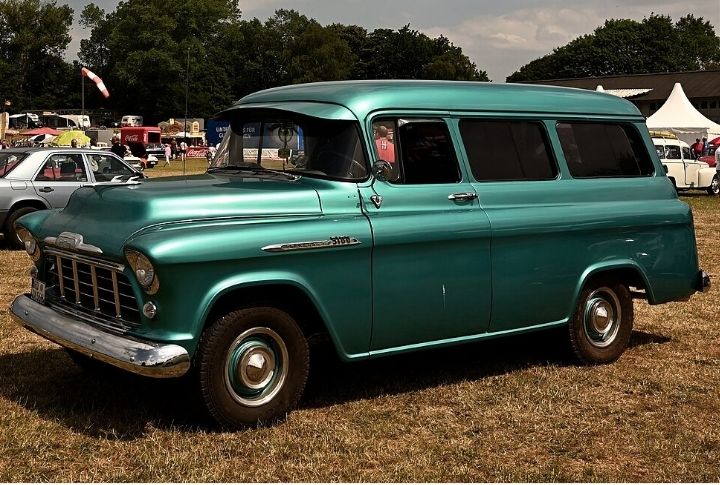
As the longest-running nameplate in automotive history, the Suburban symbolized durability and versatility for generations of families. Since debuting in 1935, it has undergone numerous transformations, evolving from a utility vehicle to a luxurious SUV. Its spacious interior, robust towing capabilities, modern amenities, and advanced technology features make it a favorite choice for large families.
Chevrolet Monte Carlo SS
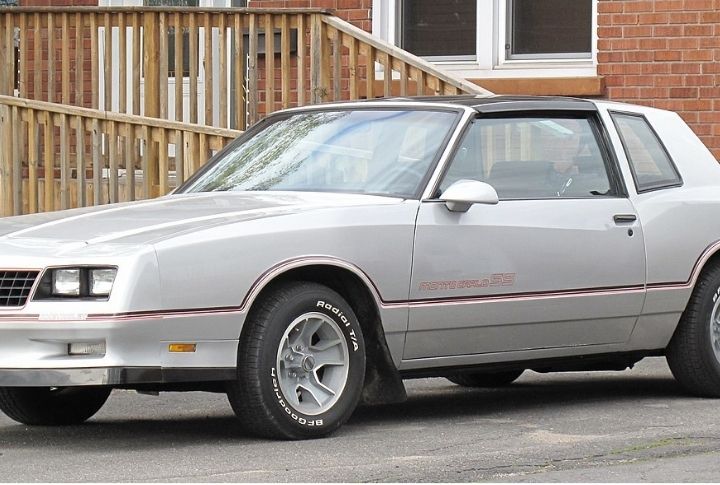
In the 1980s, Chevrolet focused on injecting optimum delivery into the Monte Carlo, giving it an edge over other personal luxury coupes. The SS badge denoted a higher level of delivery and style, attracting drivers who sought both speed and sophistication. Advanced aerodynamic upgrades contributed to its sporty appearance and enhanced output.
Chevrolet Silverado
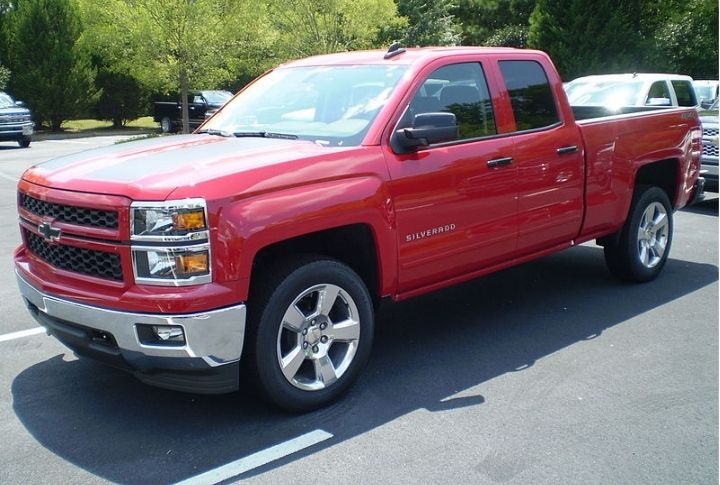
A staple of the American truck market, the Silverado is known for its rugged reliability and impressive towing capacity. Since its introduction in 1999, the heated and ventilated seats, advanced infotainment systems, and driver-assistance technologies. Furthermore, its reputation for durability and longevity has solidified its position as a trusted companion for generations.
Chevrolet Avalanche
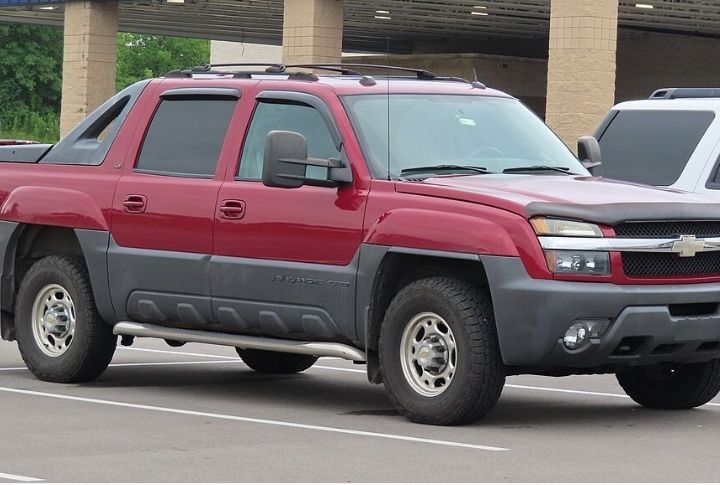
With its innovative midgate blueprint, the Avalanche was a practical van and a comfortable SUV. This unique feature expanded the Avalanche’s rear cabin into the truck bed, providing additional cargo space. It also has a well-designed exterior and a comfortable cabin, making it a popular family choice.
Chevrolet SSR
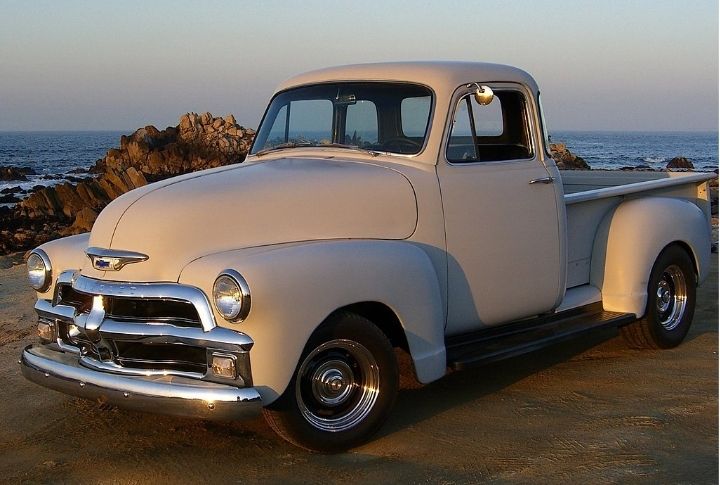
Affectionately known as the “Super Sport Roadster,” the SSR was a bold departure from traditional pickup trucks, blending nostalgic design cues with modern performance elements. Its retro styling made it stand out on the road, and the retractable hardtop roof transformed it from a sleek convertible to a stylish pickup.
Chevrolet Blazer
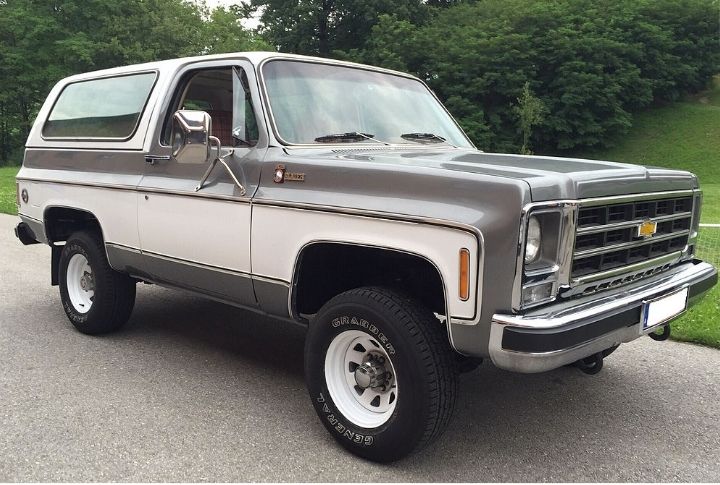
The K5 Blazer, particularly from the 1970s, is revered for its rugged and muscular build that imparted a sense of toughness and capability. It was durable and versatile, built on a truck chassis, appealing to adventurers. Moreover, the K5 was well-equipped to tackle rough terrain with its removable hardtop and four-wheel-drive system.
Chevrolet Malibu
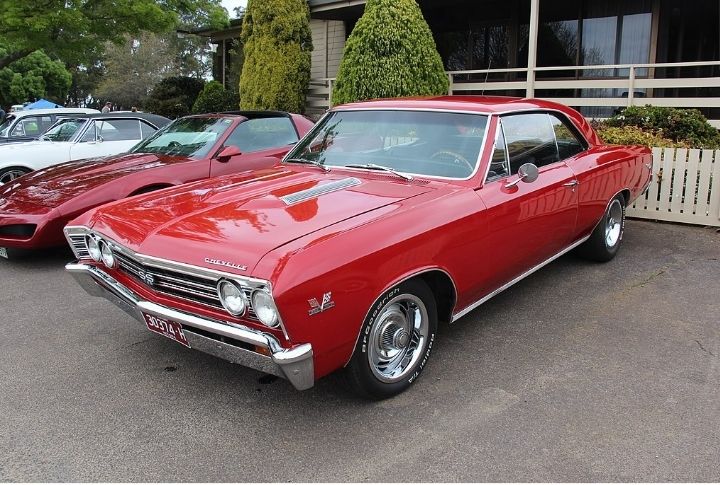
Chevrolet Malibu’s sleek profile and chrome accents captured the essence of the era’s automotive development trends. Its success extended beyond its capabilities as it symbolized freedom and individualism, capturing the minds of a culture. Its timeless structure and legacy ensure that the Malibu remains an icon of American automobile history.
Chevrolet Caprice
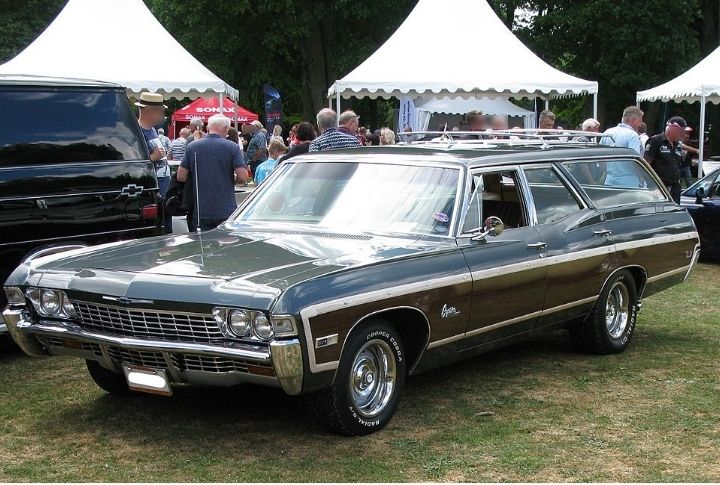
Debuting in 1965, the Caprice quickly garnered a reputation for its spacious interior and luxurious ride quality. Smooth suspension and refined handling ensured a serene driving experience, while a powerful V8 engine provided power and efficiency. The model’s sturdy construction, classic structure, and modern amenities ensured its enduring popularity.

